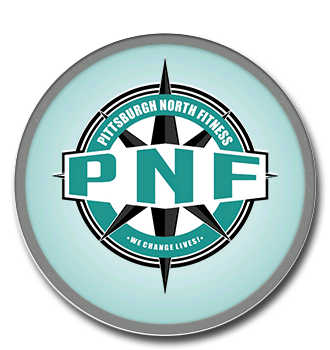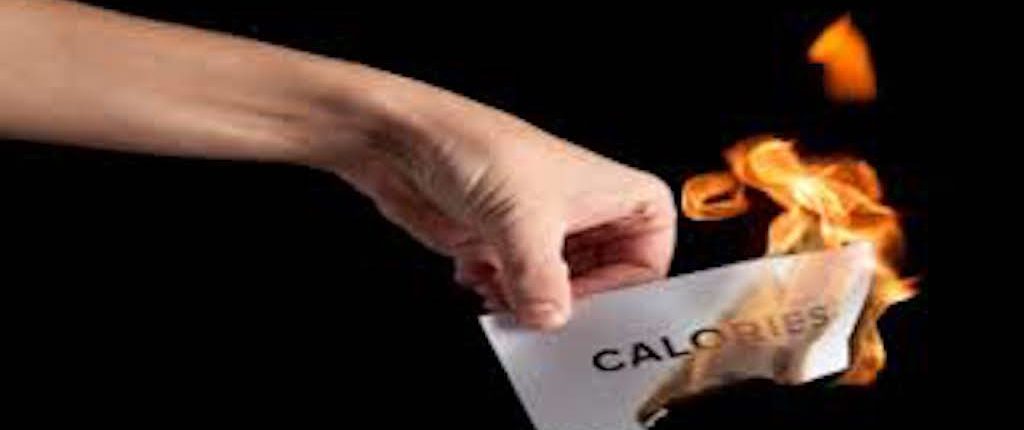Does It Matter How Many Calories Your Workout Burns?
In today’s fitness world we are obsessed with using technology to track every calorie we burn during exercise.
But, does this really matter?
Well, yes and no.
Here is the problem with tracking calories burned. There is this thing called EPOC, or Excess Post Oxygen Consumption, that measures the amount of calories burned after a bout of exercise is completed.
Workouts that show a high in-workout calorie burn have a low EPOC. And workouts the show a lower in-workout calorie burn have a high EPOC.
For example, if you burn 1000 calories in a workout that lasted roughly 50 minutes, you are going to have a lower EPOC than a workout the only burned 400 calories in 50 minutes.
Here is why, the higher the in-workout calorie burn the more the aerobic energy system was used. When this system is called into play it burns a ton of calories while exercising, but then once exercising stops the elevated calorie burning rate drops quickly.
On the other hand, in a workout of the same length that burned fewer calories, the anaerobic system is used. With this system our body doesn’t burn as many calories in-workout, but once the exercising stops our body stays at an elevated calorie-burning rate for hours, or even days, afterwards.
This is why resistant training creates greater body composition changes than cardio. While the 50 minutes of cardio may burn 1000 calories, the EPOC is almost zero. But, with the resistance training you may only burn 300 calories in-workout, but then your body stays at this same rate for a few hours afterwards before slowly starting decline until we reach zero, or baseline, two days later.
So, now that 300 calorie workout, burned around two to four times as many calories as the 1000 calorie cardio session.
Make sense?
But, let’s take this a step further.
What happens when we don’t allow for long enough rest periods?
We have three systems to create energy, or ATP (Adenosine Tri-Phosphate) in the body.
- ATP-PCr System provides immediate energy from stored ATP in the body. This reserve lasts for 10-15 seconds before depletion.
- Glycolytic System kicks in after the ATP-PCr System is depleted to continue producing ATP for an additional 60-90 seconds before depletion.
- Aerobic System kicks in after the Glycolytic System is depleted and continues to produce ATP indefinitely.
We can train the systems through the type of exercise and work to rest ratios we choose and thus affect our body’s metabolism differently for each one.
For example, HIIT (High-Intensity Interval Training) in it’s true form works exclusively in the ATP-PCr System and creates the greatest change to the how our metabolism functions through increasing mitochondria function in our cells.
How this works is through working very intensely for 10-15 seconds and then resting for 90-180 seconds. Then repeating for a handful of rounds. (Yes, you read that right only 15 seconds of work and up to three minutes of rest for only five rounds.)
After five rounds the ATP-PCr System will no longer be able to keep up and replenish ATP in the allotted rest period and you will begin to move into the Glycolytic System.
This works is because you are training your cells mitochondria to produce more energy, which means they will create more energy all the time. This increased energy output means a higher daily metabolism, or more calories burned all day long.
This process continues to happen when the Glycolytic System kicks in, but just not at as high of a rate. Then, once we cross over into the Aerobic System we lose this advantage, due to the need for the Aerobic System to indefinitely create energy.
Calorie burn is important, but just not the way most measure it. When it comes to losing body fat and building lean muscle tissue the calories burned out of the workout are more important than the calorie burn we get in-workout.
If you would like more help with your fitness, get started at the link below with our 30-Day Trial Membership and see how having a coach in your corner can change your life.
Click the link below to learn more…




